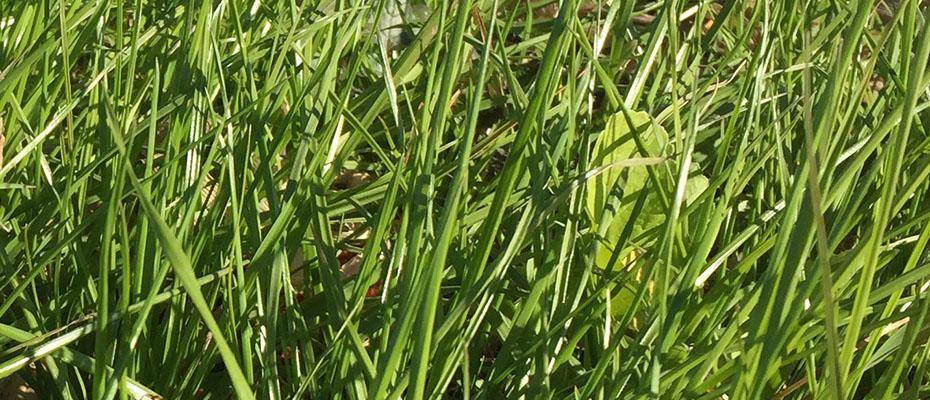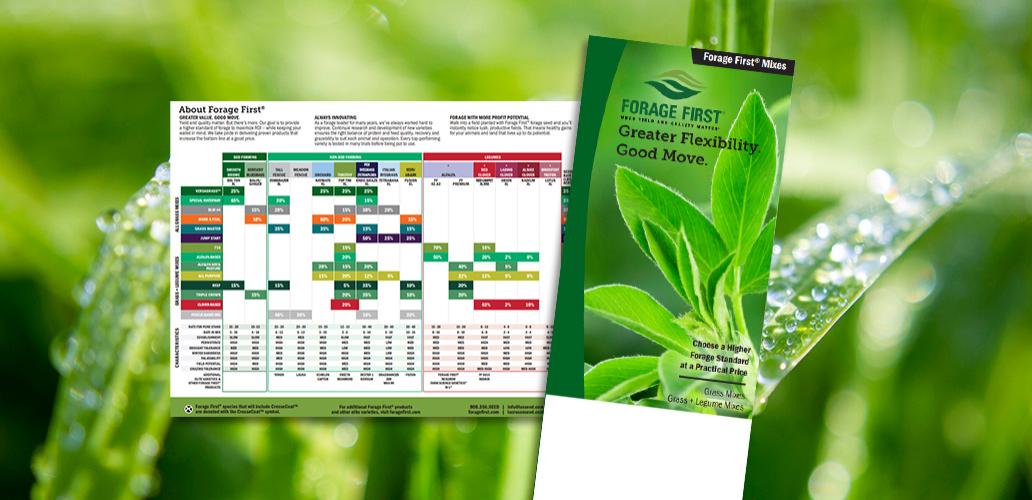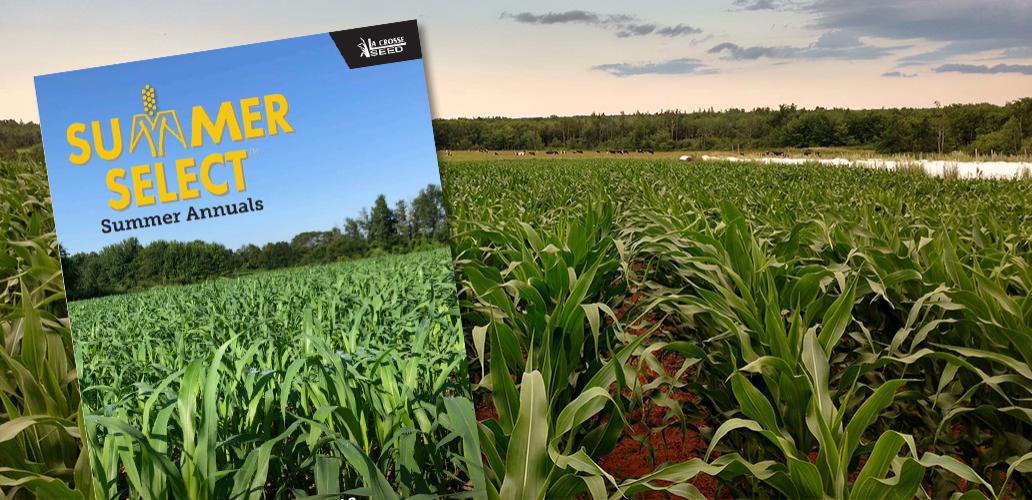Forage First Guide I Summer Select Guide
Greater Value. Good Move. Yield and quality matter. But there’s more. Our goal is to provide a higher standard for forage to maximize ROI– while keeping your wallet in mind. We take pride in delivering proven products that increase the bottom line at a good price.

ColdSnap™ Annual Ryegrass is a winter-hardy variety bred for root mass and biomass production. Although it is used across the Midwest in cover crop plantings, ColdSnap™ Annual Ryegrass is a good fit in hay and grazing systems across the majority of the Corn Belt.
CHARACTERISTICS:
Establishment: Fast
Persistence: Low
Drought Tolerance: Low
Winter Hardiness: High
Palatability: High
Yield Potential: High
Grazing Tolerance: High
SEEDING:
Seeding Rate:
Alone (lbs./acre): 20-40
Mixes (lbs./acre): 5-10
Seeds/lb.: 227,000
Depth (in.): 1/4-1/2
Planting Time:
Mar.-May; Aug.-Sept.
Emergence (days): 5-14
Life Cycle: Annual
Adaptation:
These grasses have a wide range of adaptability to soils, but thrive best on fertile soils with pH between 5.5-6.5. They produce well in regions having mild climates and do not withstand hot, dry weather or severe winters. They will stand fairly wet soils with reasonably good surface drainage.
Establishment:
Plant seed ¼-½ in. deep in well prepared seedbed. In general, annual ryegrass component of a mix should be 20% or less since it is very competitive, due to rapid germination and good seedling vigor.
MANAGEMENT:
Rotational Grazing:
Begin (in.): 8-12
Stop (in.): 3-6
Avg. Days Rest: 7-15
Hay or Haylage Harvest:
Cut boot to mid-bloom
Ryegrass is generally cut for hay when seed heads start to emerge. Pastures should be rotationally grazed when spring growth is 3-4 in. high. Allowing 7-10 in. of regrowth between grazings benefit yields and persistence. On new seedings, harvest or grazing should be delayed until plants are 10-12 in. tall. Ryegrass responds well to good management, such as intensive rotational grazing and fertilizer applications.

Ratings
Scale 1-9, where 9 = best or most pronounced
Persistence
Drought Tolerance
Winter Hardiness
Palatability
Yield Potential
Grazing Tolerance
- Suitable for grazing or silage in fall (&/or spring in areas where it overwinters)
- Heavy dry matter producer with outstanding quality
- Great for extending legume stands or emergency forage
- Widely adapted for forage production in Upper Midwest through transition zone

.png)
.png)


.png)










